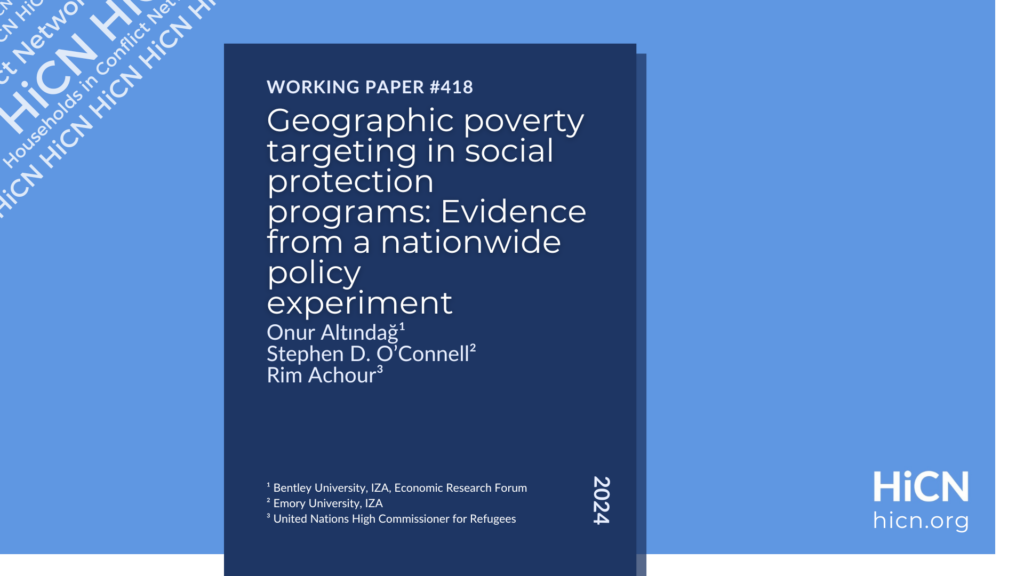
We examine how allocating a fixed social assistance budget across localities using different prioritization rules affects both beneficiary selection and program effectiveness. By simulating each rule, we estimate program effects among marginal beneficiaries—those whose assistance varies across targeting strategies. The program reduces economic deprivation, with effect sizes ranging from 0.02 to 0.21 standard deviations. There are marked differences in the demographic backgrounds and economic constraints among marginal beneficiary populations, but program effects do not change substantially across targeting arms. We document sizable geographic variation in program effects, but limited ability to predict effectiveness using data typically available to implementers.